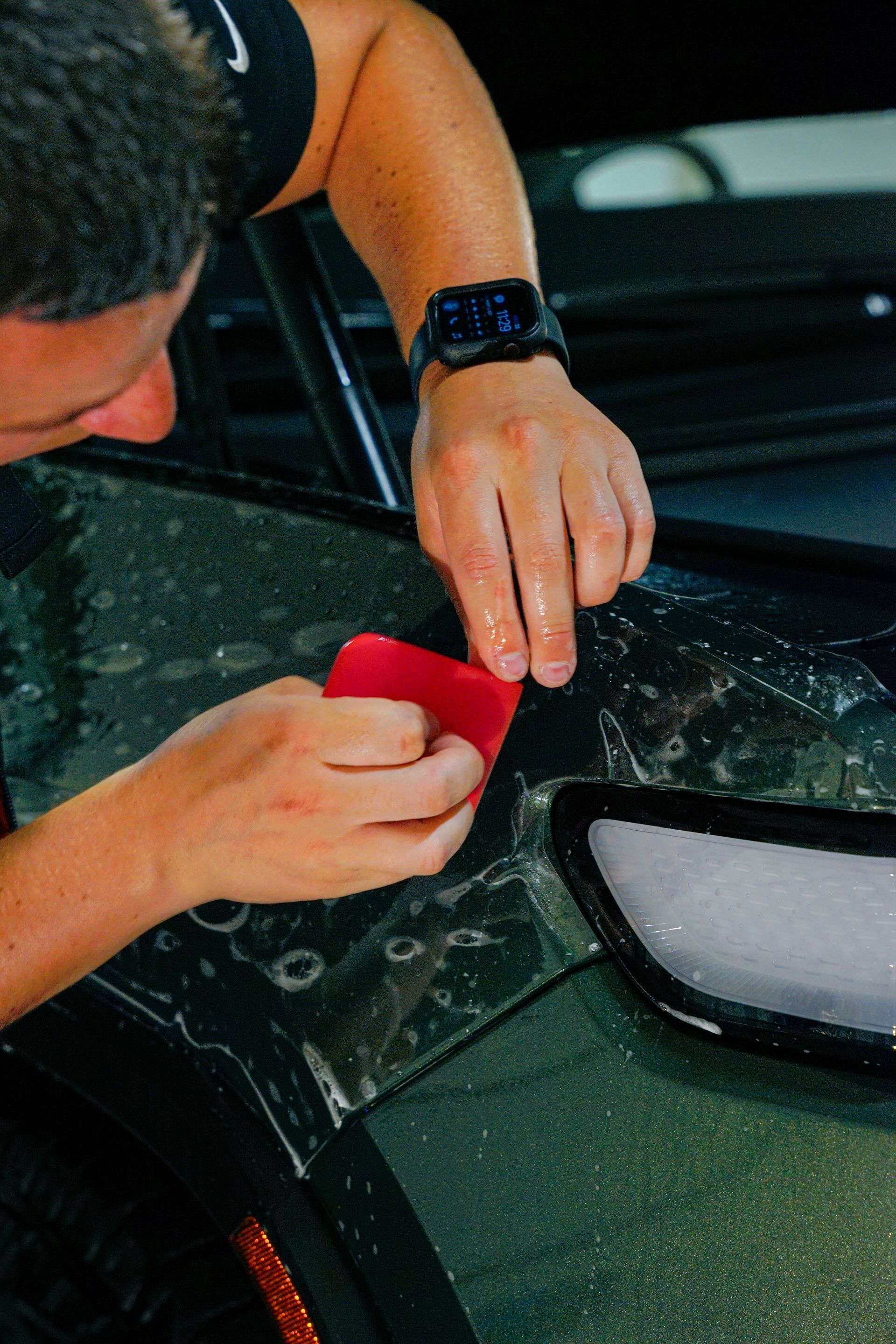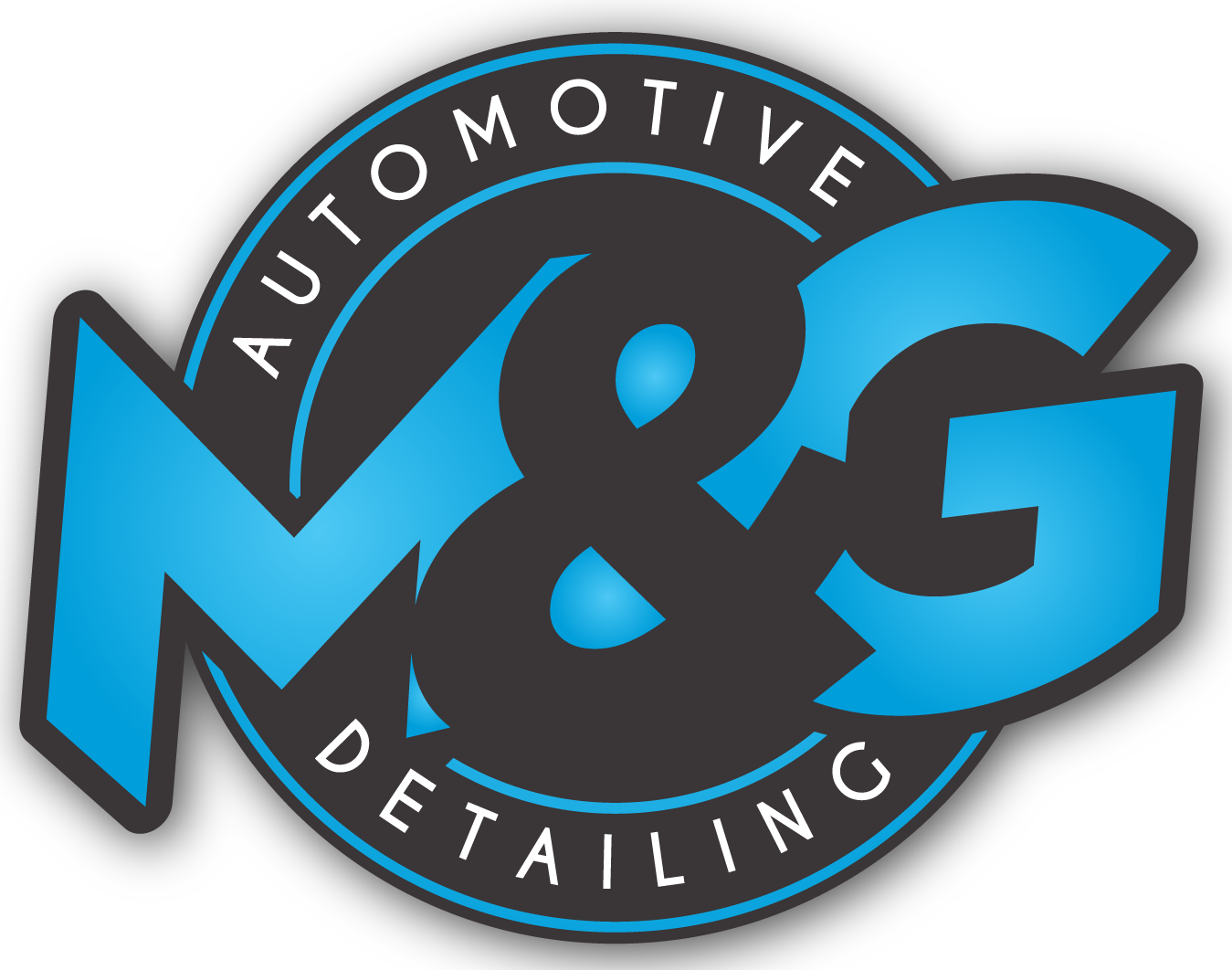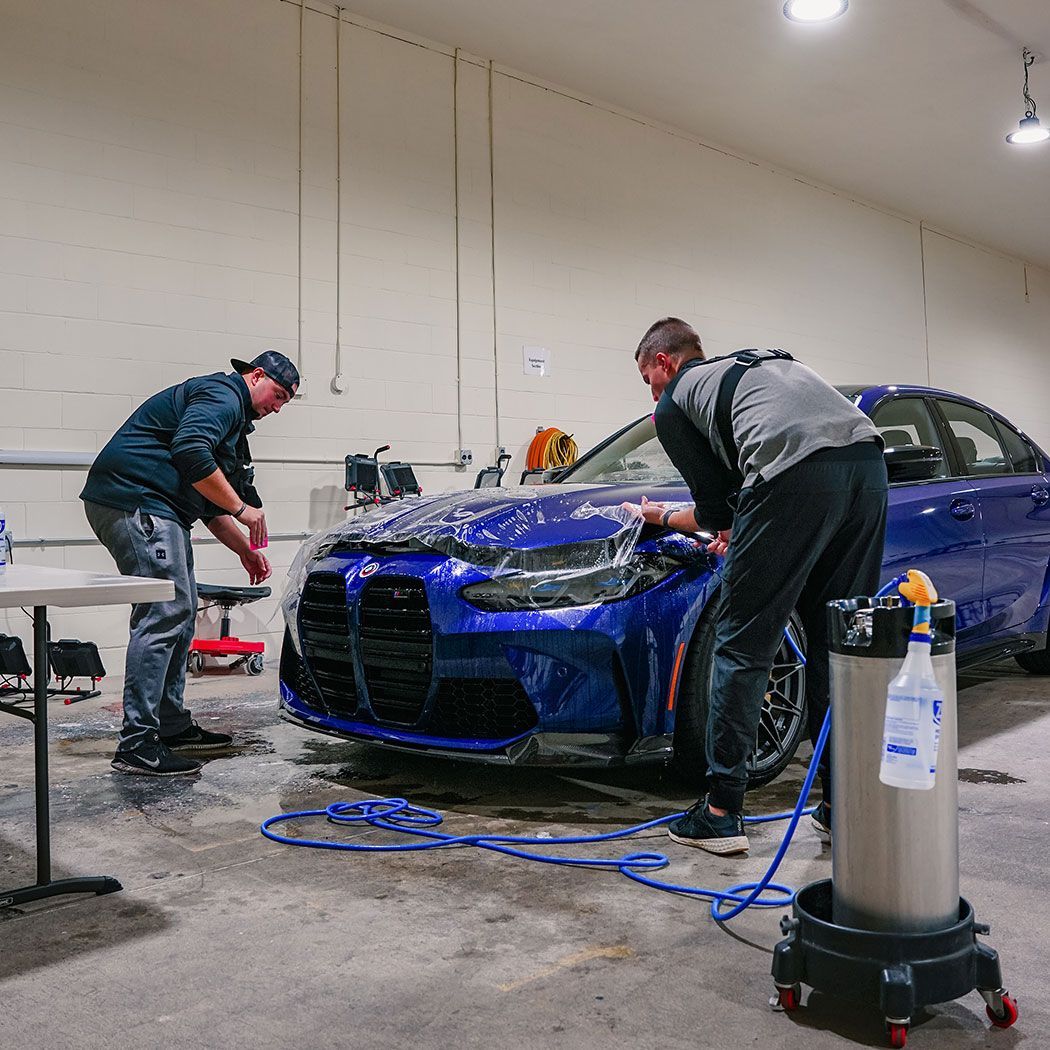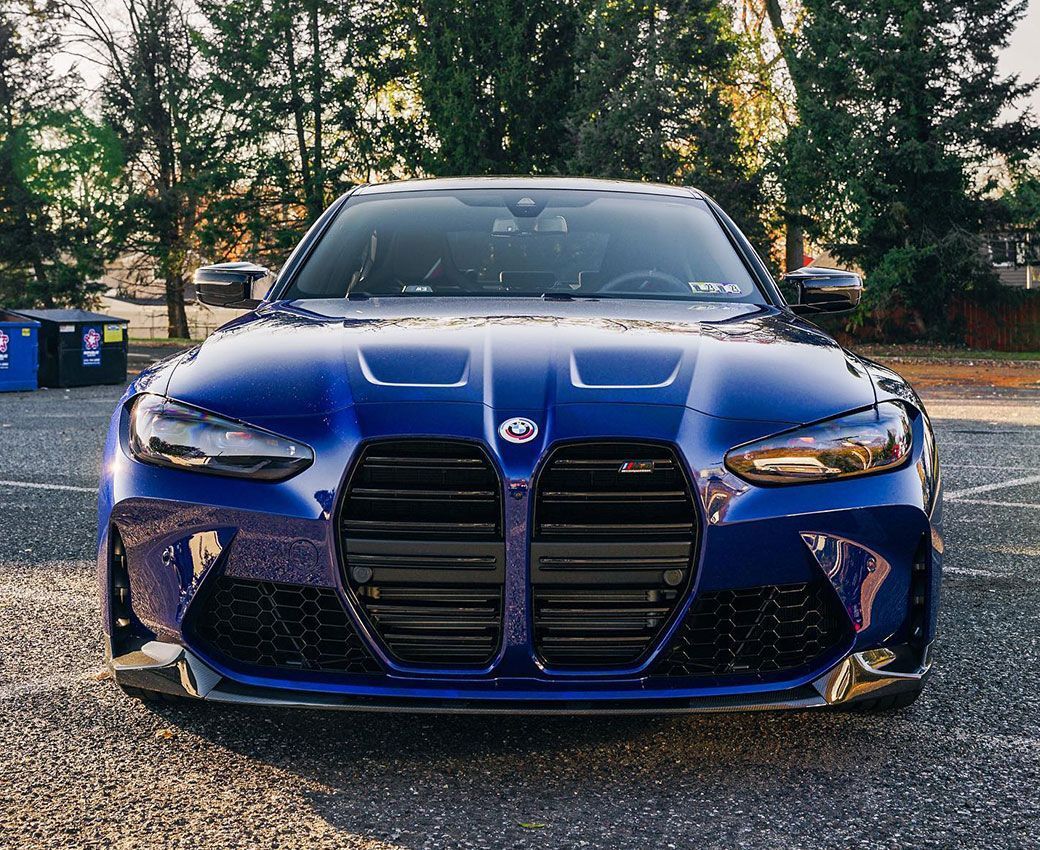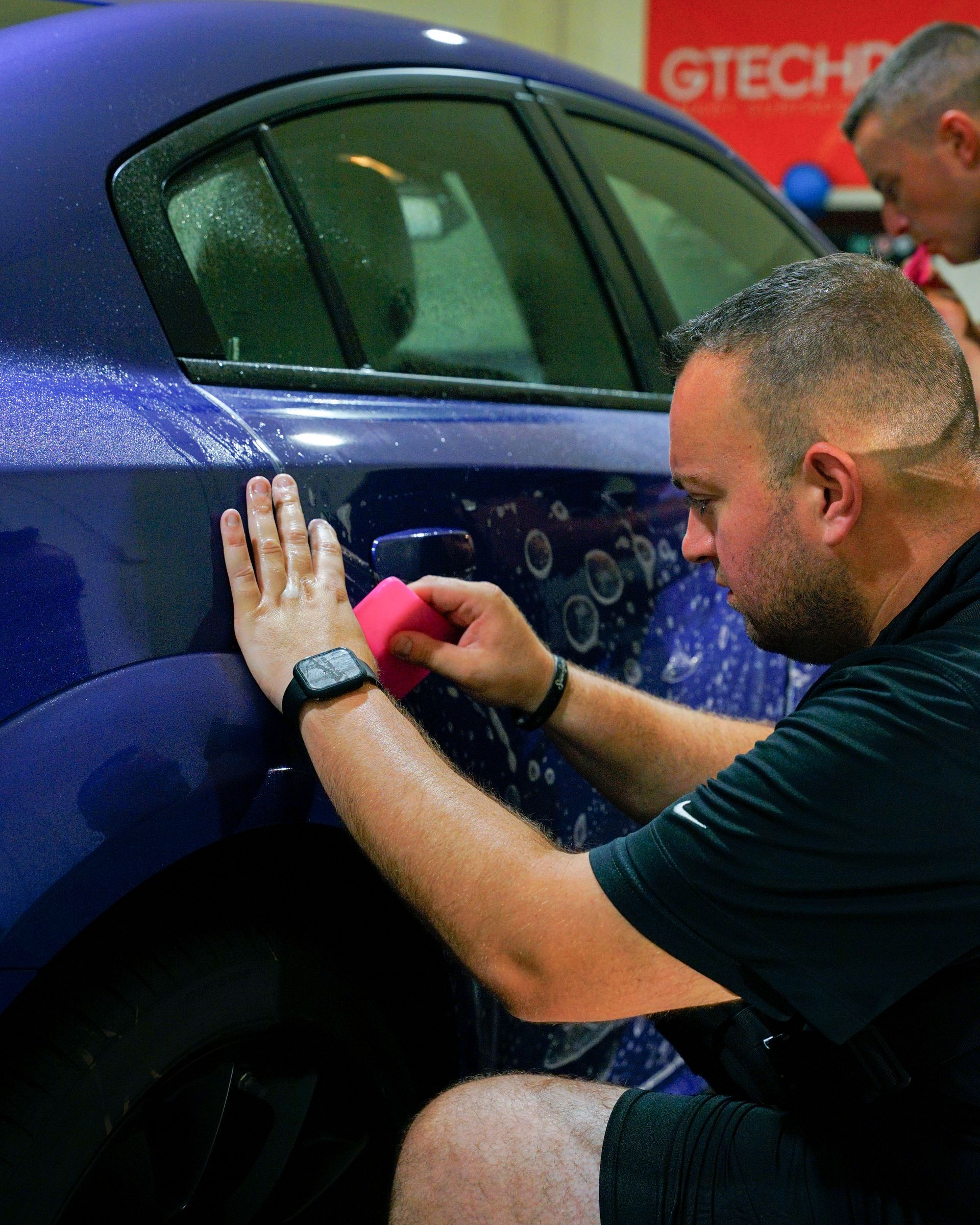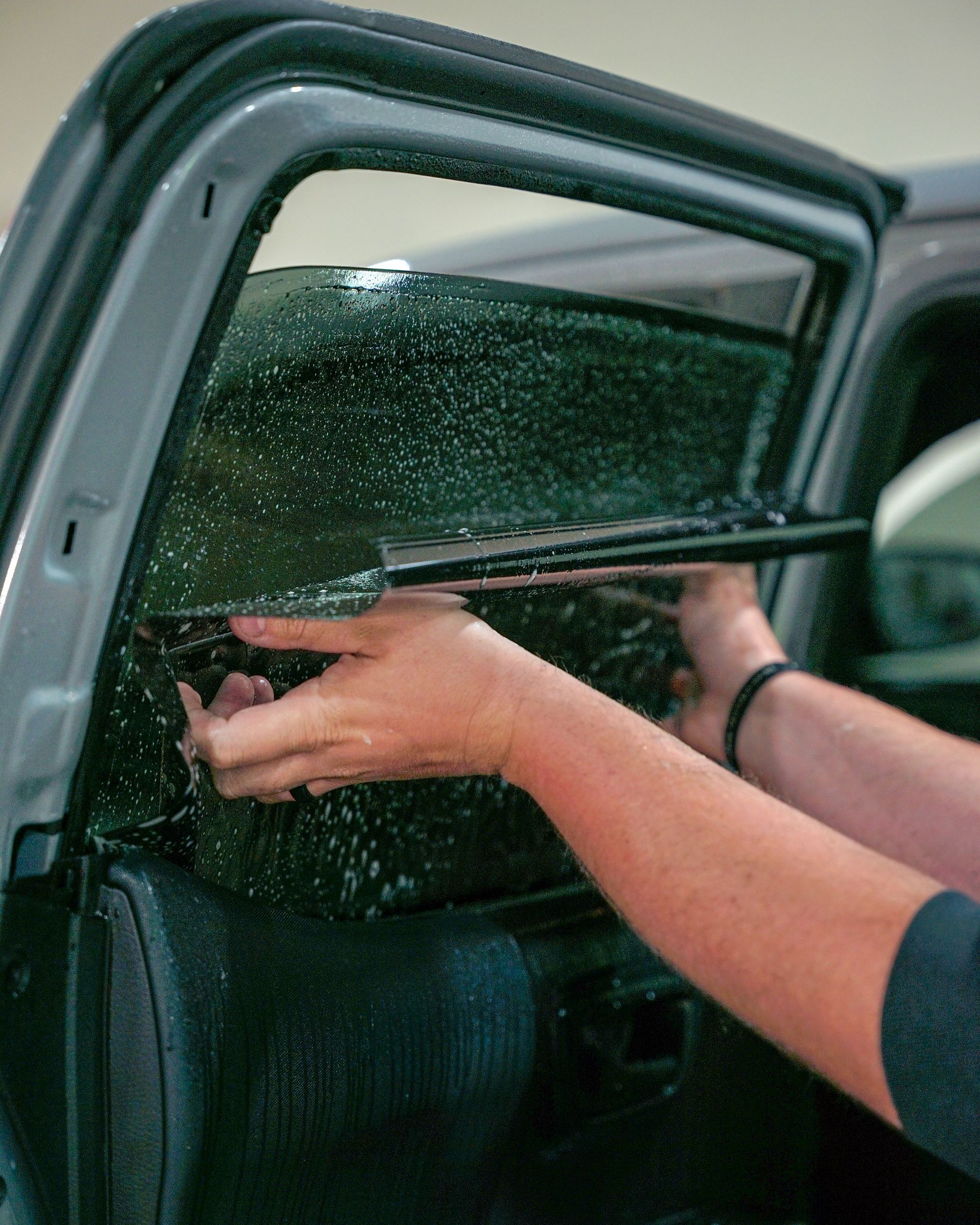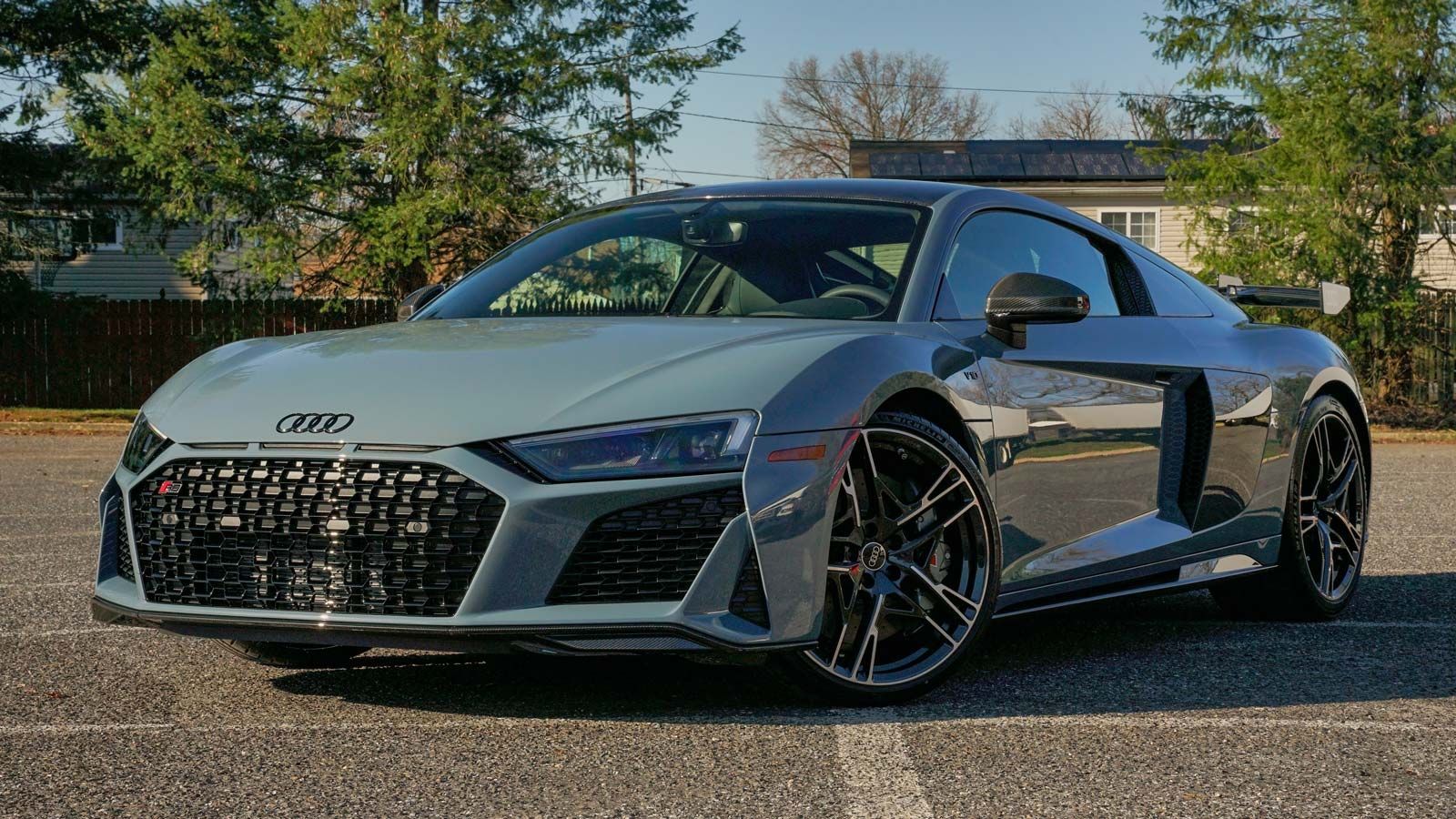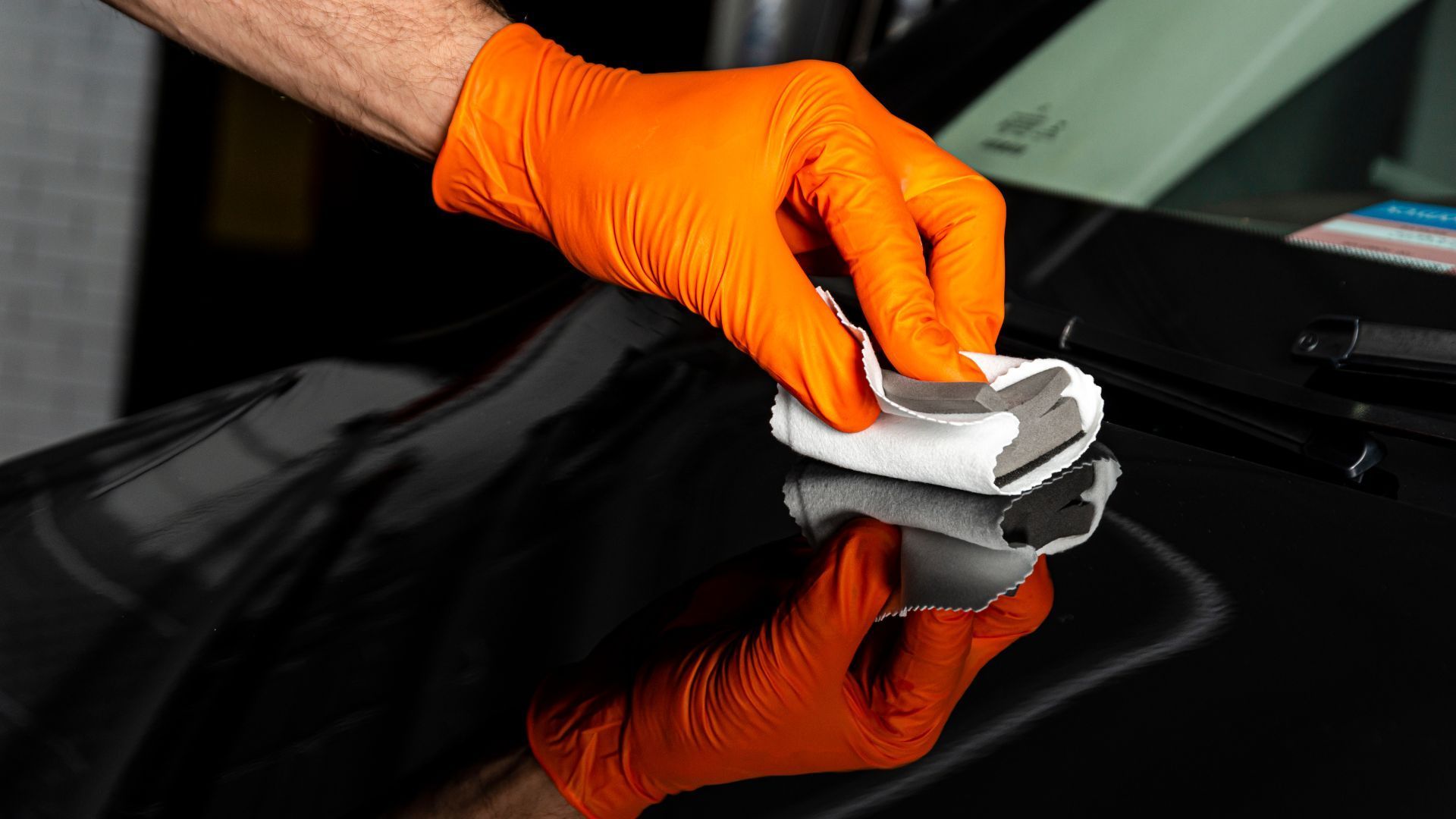Preserving Your Car's Resale Value with PPF: The Ultimate Guide
Protecting your car with PPF is a smart step to keep its value high. This clear film guards your car from chips and scratches, things that often lower a vehicle's value. More than that, it keeps the colors bright, as if the car just left the showroom. You may think that little scrapes and fading don’t make a big change in price, but you might be surprised. Now let's take a deeper dive into what paint protection film really is.
Preserving your car's resale value with PPF involves applying a durable protective film to vulnerable areas such as the front clip, rocker panels, and rear fenders to shield against scratches and rock chips. This proactive measure not only safeguards your vehicle's exterior but also contributes to maintaining its factory-fresh look, ultimately commanding a higher resale value compared to unprotected cars.
What is PPF and Why Do Vehicle Owners Need It?
Paint protection film is your car's best friend when it comes to safeguarding its stunning paint job from the elements. Much like armor for your vehicle's exterior, PPF is a transparent, thermoplastic urethane film carefully applied to vulnerable areas, acting as a physical barrier against stone chips, scratches, bug splatters, tree sap, bird droppings, and other environmental hazards lurking in the urban jungle. Additionally, a clear bra helps mitigate damage from environmental factors, such as UV rays and harsh weather conditions. So, why do you need a paint protection film for your car? The answer lies in its ability to maintain your vehicle's exterior in pristine condition, thereby playing a pivotal role in preserving its resale value.
Car owners need this protective film to maintain their vehicle's exterior in pristine condition, thus preserving its resale value. Moreover, the durability and resilience of high-quality PPF ensure that your car remains free from unsightly blemishes that could potentially diminish its allure. This is a vital aspect of maintaining and enhancing the aesthetic appeal of your vehicle over time. You've invested in a luxurious car with a flawless coat of paint that exudes sophistication. However, within a short period of ownership, you notice tiny but pesky scratches marring its luster. That's where paint protection film steps in—serving as an invisible guardian, eliminating minor abrasions and retaining the original glossiness of your vehicle.
Benefits of A CLEAR BRA for Car's Resale Value
Let's delve into the significant impact of paint protection film on preserving your car's resale value. Visualize it as a protective shield, shielding your car from the daily wear and tear that can diminish its aesthetics and ultimately its value. A clear bra provides a clear, tough layer that absorbs damage so your car's paint doesn't have to. This means minor scratches, swirl marks, and stone chips are less likely to show up on your vehicle's exterior. It essentially acts as an invisible guardian, keeping your car looking fresh and unscathed.
Aside from appearances, PPF also helps prevent vehicle damage, which can significantly lower the resale value of your car. For instance, UV rays, road debris, and bird droppings can cause long-lasting damage to your car's paint if left unprotected. Over time, these damages could accumulate and lead to noticeable depreciation in the overall condition of the vehicle. When you're looking to sell your car, having PPF on it can make a substantial difference in attracting potential buyers due to its well-maintained appearance. Moreover, investing in quality PPF not only safeguards your car but also reduces the frequency of paint touch-ups and repairs over time. Ultimately, this contributes significantly to preserving your car’s appearance and its overall attractive look, which potential buyers love. By understanding these benefits of PPF, you'll realize how this protective film is an investment in preserving not just your car's appearance but also its financial worth. Not only does it keep your vehicle looking fantastic but it also serves as a worthwhile addition when you decide to put it up for sale.
Resisting Stone Chips, Scratches, & Impacts with PPF
Imagine cruising down the road, feeling the wind in your hair, when suddenly a small stone flicks up from the car ahead and pings off your car's hood. Imagine that it is not bothering you because your car is wrapped in paint protection film (PPF). Sounds dreamy, right? Well, that's exactly what PPF does. It acts as armor against road debris that can cause chips, scratches, and even minor collisions. The film is designed to resist the impact of small stones traveling at high speeds, preventing damage to the car's paint. PPF shields your vehicle from the onslaught of tiny stones and other road debris seeking to mar its surface. The film's thickness ranges from 6 to 8 mils, giving it the sturdiness needed to absorb the impact of these hazards without letting them penetrate through to the car's delicate paint underneath.
Imagine driving down a gravel-covered road or along a construction site where sharp rock chips are abundant. This can wreak havoc on your car's pristine finish. However, with PPF in place, you can breathe easy knowing that those daily hazards are no match for the protective shield guarding your car. Moreover, PPF has self-healing capabilities; when exposed to heat, it has the ability to repair minor scratches and swirl marks. This means that those pesky little scuffs that might occur during regular use can magically disappear with just a bit of warmth. The scratchproof and optically clear coating of PPF contributes significantly to preserving the vehicle's resale value. Besides protecting the exterior of your vehicle from unsightly damage, maintaining its factory-fresh look is essential for getting top dollar when it's time to sell. With these impressive capabilities, it's no wonder that opting for high-quality PPF can significantly reduce instances of paint damage and depreciation over time.
Paint Protection Film Installation Process GUIDE
Installing paint protection film is critical for shielding your vehicle from the harsh elements of the road. The process involves meticulously prepping the vehicle's surface, expertly applying the film, and masterfully trimming it to fit the unique contours of your car. The first step in the installation process entails thoroughly prepping the vehicle's surface. This includes a comprehensive cleaning to remove dirt, debris, or wax that could hinder the adherence of the PPF. Even minute particles can compromise the effectiveness of the film, making proper surface preparation crucial for successful installation. Following this comes the careful application of the film. This step demands precision and expertise to ensure an even, flawless finish that enhances both protective capabilities and aesthetic appeal.
Expert technicians delicately lay down the protective shield over your car's exterior, meticulously smoothing out any air bubbles or creases to ensure a perfect fit. This careful application process is crucial for guaranteeing the optimal performance and longevity of the PPF. Transitioning to the final phase of clear bra installation—trimming the film to fit your car's unique contours. This step demands a steady hand and an eye for precision, as any rough edges or misaligned cuts can compromise both the protective and visual aspects of the film. It is recommended to have a professional detailer install your vehicle’s paint protection film to ensure quality results!
Understanding Self-Healing Attributes of PPF
Imagine if your car's exterior could repair itself like human skin does! Well, that's exactly what paint protection film with self-healing capabilities offers. When minor scratches or swirls occur on the surface, the self-healing feature comes into play, mending these imperfections when exposed to heat, such as sunlight or warm water. The polyurethane material used in high-quality paint protection films has shape-memory properties that enable it to revert to its original form when subjected to the right conditions. This means that when the film encounters light scratches or abrasions, the polymers within it can "remember" their natural state and return to it, effectively erasing the damage. Self-healing paint protection films offer several key benefits that contribute to preserving your vehicle's aesthetics and resale value:
- Maintained Optical Clarity: Ensures that minor scratches and blemishes do not compromise the optical clarity of the surface
- Enhanced Protection: Acts as an additional protective layer for your car's exterior
- Resale Value Boost: Showcases a well-maintained exterior and contributes to a higher resale value compared to vehicles without this advanced protection
Studies have shown that cars with self-healing paint protection films tend to command higher resale values due to the preserved condition of their exteriors. Both the immediate protection the film offers and its long-term effects on preserving the vehicle's appeal are advantageous to owners. The thought of having a car that can repair its own scratches may seem like a concept straight out of science fiction, but thanks to innovative technologies in materials science, it's now a reality in the automotive world. So, if you see a small scratch on your PPF-protected vehicle in the future, know that nature is already at work restoring your car's flawless appearance.
PPF: A Worthy Investment for Car Owners?
When it comes to protecting your valuable asset—your car—ensuring it retains its value is a top priority for many car owners. Given that cars are constantly exposed to the harsh elements of weather, road debris, and general wear and tear, maintaining their exterior can be quite challenging. This is where paint protection film steps in as a game-changer. It acts as a durable shield, safeguarding the vehicle against physical damage and preserving its original appearance over time.
You’ve just purchased a brand-new vehicle. It gleams under the dealership lights, and you can’t help but feel proud as you drive it off the lot. But as you take your first few drives, you notice small chips and scratches on the paint—a disheartening sight for any car owner. This is where paint protection film comes into play. By applying this protective film, you're essentially providing a robust barrier against rock chips, minor abrasions, and other potential damages that could mar your car’s pristine exterior. A clear bra also plays a vital role in maintaining your car’s resale value. Research has shown that vehicles with PPF tend to fetch higher resale prices compared to those without protection. Potential buyers are willing to pay more for a car with this protective film due to the peace of mind it offers in terms of protecting the paintwork from damage.
Consider two similar vehicles; one has PPF installed while the other doesn't. The unprotected vehicle shows visible signs of wear and tear with several paint imperfections, which can significantly decrease its resale value. On the other hand, the vehicle with a paint protection film appears nearly new, commanding a higher price thanks to its well-preserved exterior. In essence, a clear bra acts as an insurance policy for your car's exterior. It minimizes wear and tear, reduces instances of paint damage, and significantly contributes to maintaining a high resale value. Despite the initial cost involved in installing PPF, its long-term benefits paint a compelling picture of why it's considered an essential investment by car owners seeking to preserve their vehicle's value.
Top Paint Protection Film Experts In Cherry Hill, NJ
Revitalize the allure of your vehicle with M&G Automotive Detailing, the unrivaled paint protection film experts in Cherry Hill, NJ. Our team of skilled professionals is dedicated to preserving the aesthetic integrity of your cherished vehicle through cutting-edge PPF technology. Shield your car's exterior from road debris, stone chips, and environmental elements, all while maintaining its sleek finish. We pride ourselves on precision and perfection, ensuring that every inch of your vehicle is meticulously protected. Trust us to enhance the longevity of your automobile's pristine appearance. Don't settle for anything less than the best; choose M&G Automotive Detailing for an unparalleled paint protection film experience. Elevate your ride today and safeguard your investment—because your car deserves nothing but the finest care. Schedule your appointment now or call us at
(609) 923-3123 and let us redefine automotive detailing excellence in Cherry Hill, NJ!

